Samsung Display revealed to have used materials by a war crime company for 'Galaxy Note10'
권예림 기자
| kyr@newsprime.co.kr |
2019.08.30 16:30:41
[Newsprime] South Korean boycott of Japanese goods has spread into a campaign to oust Japanese 'war crime companies' that used South Korean laborers during World War II.
Newsprime advocates the boycott movement led by citizens and aims to help domestic companies become independent and self-reliant by examining Japanese and Korean documents and reporting unrevealed war crime companies and their partnerships with domestic corporations.
◆ Hodogaya Chemical Co. Ltd.
According to Hodogaya Chemical Co., Ltd.'s documents, it founded Hodogaya Soda Works in 1915 to produce Japan's first electrolytic caustic soda and later opened Hodogaya Chemical.
Hodogaya Chemical has now grown into a company manufacturing various types of chemicals including the production of cutting-edge organic light-emitting diode (OLED) panels, and has led manufacturing businesses in building goods and pesticides through its subsidiary.
The problem is, Hodogaya Chemical is classified as a Japanese war crime company. According to the "Second List of Japanese War Crime Companies" released by Lee Myung-soo, a representative of the Liberty Korea Party, on February 29, 2012, Hodogaya Chemical operated one of its forced labor operations in Japan.
◆ Samsung says they cannot reveal the supplier
Currently, there are enterprises that signed direct and affiliated contracts with and receive materials from Hodogaya Chemical: Samsung Electronics and Samsung Display, both leading South Korean companies.
Samsung Electronics introduced Galaxy S10 and Galaxy Note 10 respectively in the first and second half of this year. One of the similarities between the two smartphones is an OLED panel consisted of M9.
Last year, Samsung Electronics decided to produce a display material set called 'M9' for next-generation OLED panels for the two smartphones. According to an industry expert, the host (which is a part of the light-emitting layer) of M9 is composed of materials supplied by The Dow Chemical Company (red), Nippon Steel Corporation·Samsung SDI (green), and SFC (blue).
The problem is that Samsung inserted panels in Galaxy S10 and Galaxy Note 10 containing materials produced from SFC that is affiliated with a war crime company. According to the Data Analysis, Retrieval and Transfer System (DART) in South Korea, as of March this year, SFC's largest shareholder was Hodogaya Chemical with 54.79 percent of its shares.
This revelation prompted some to raise doubts about Samsung's recent declaration to commit to a "Japan-free" strategy, becoming independent from Japanese goods and materials.
Due to the current shareholding structure, if Samsung Electronic smartphones sales increase, Hodogaya Chemical Co. also reaps the benefits. It is estimated that Hodogaya Chemical received 270 million out of 500 million won allocated to SFC from Samsung Display last year.
Representatives for Samsung Electronics and Samsung Display said they could not disclose any supplier information for OLED panels.
Industry insiders, however, speculate that Samsung Display may have picked SFC as its material supplier this year as well. As evidence to this claim, they mentioned that 1) Samsung Display owns 99 percent shares of Samsung Venture Investment which has shares in SFC 2) SFC has supplied materials for M8, the previous version of M9, to Samsung Display and 3) both companies increased their contract by about 20 billion won last year.
"There's a low chance that Samsung Display will suddenly change its supplier, especially since it also has its shares," said an industry insider. "We can assume that Samsung Display continued to receive materials from SFC this year."
ⓒ 프라임경제(http://www.newsprime.co.kr) 무단전재 및 재배포금지









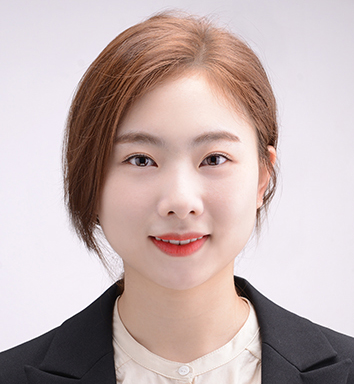




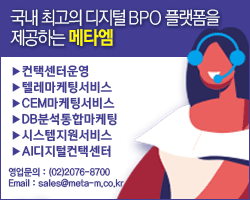
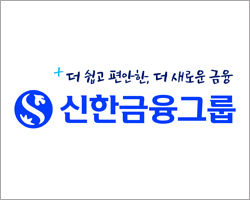
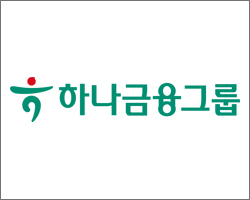
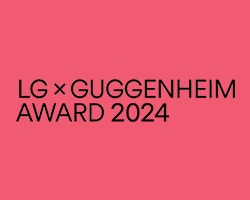




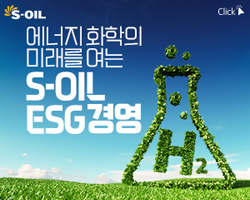
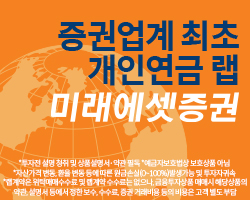
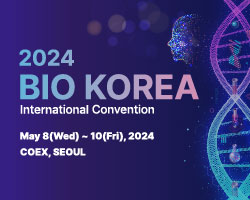




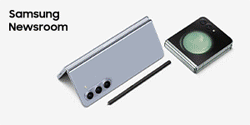
![[포토] 5입 클로버의 행운을 가져가세요!](https://www.newsprime.co.kr//data/cache/public/photos/cdn/20240417/art_637532_1714091564_245x140.jpg)





